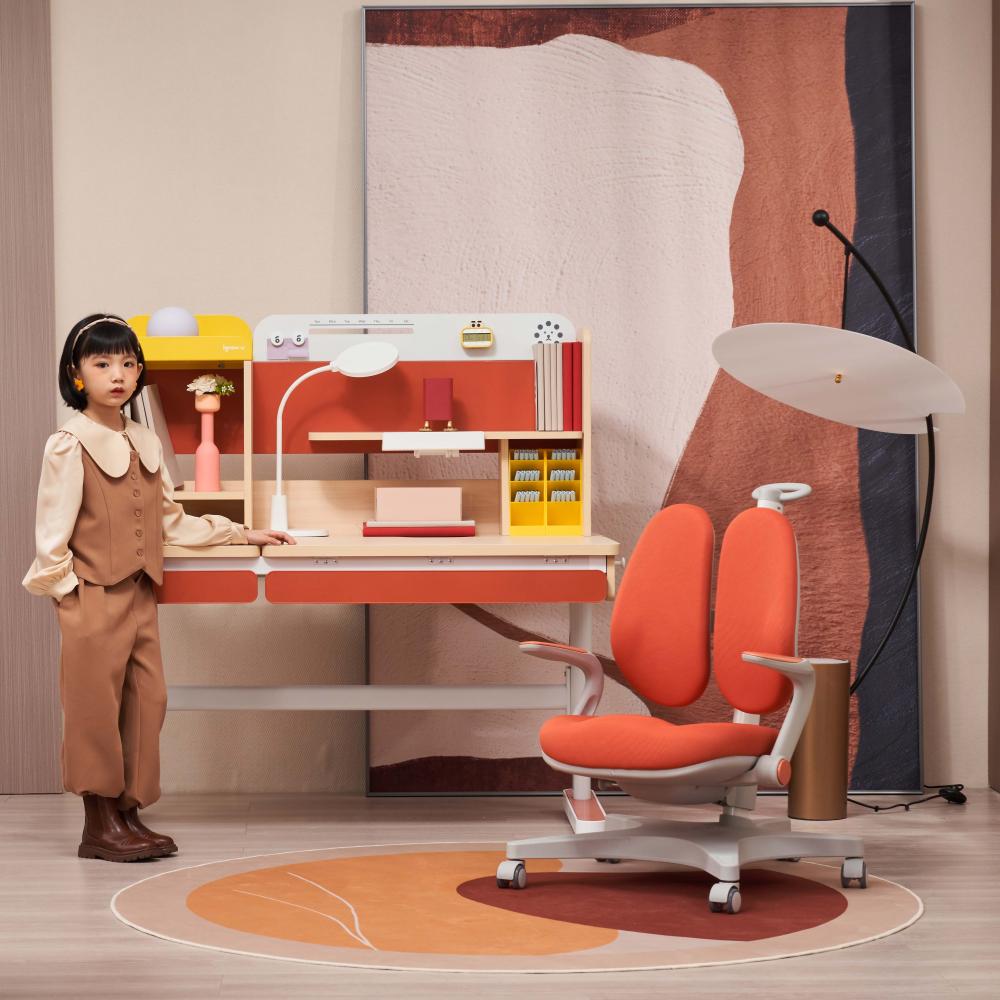5. Exposuring
After the liquid photoresist is irradiated with UV light (300-400 nm), a cross-linking polymerization reaction occurs, and the light-irradiated portion is formed into a film and hardened without being affected by the developer. The source of the exposure lamp normally used is a high-brightness, medium-pressure mercury lamp or a metal halide mercury lamp. Lamp 6000W, exposure 100 ~ 300mj/cm2, density measurement using 21 optical density table (Stouffer21), to determine the optimal exposure parameters, usually 6 to 8 levels. The use of liquid photoresist for exposure to parallel light is not critical, but its speed is not as fast as that of dry film, so a high-efficiency exposing (Drawer) should be used.
The photopolymerization reaction depends on the light intensity of the lamp and the exposure time. The light intensity of the lamp is related to the excitation voltage and is related to the lamp usage time. Therefore, in order to ensure enough light energy for photopolymerization reaction, it must be controlled by the optical energy integrator. Its principle is to ensure that the exposure time is automatically adjusted to maintain the total exposure energy when the light intensity changes during exposure. Exposure time It is 25 to 50 seconds.
Factors affecting exposure time:
(1) The closer the light is, the shorter the exposure time;
(2) The thicker the liquid photoresist thickness, the longer the exposure time;
(3) The greater the humidity of the air, the longer the exposure time;
(4) The higher the pre-bake temperature, the shorter the exposure time.
When the exposure is excessive, the astigmatism is easily refracted, the line width is reduced, and the development is difficult. When the exposure is insufficient, the development is likely to cause defects such as pinholes, hairiness, and detachment, and the corrosion resistance and plating resistance are reduced. Therefore, selecting the optimal exposure parameter is an important condition for controlling the development effect.
The quality of the film has a direct impact on the quality of exposure. Therefore, the pattern of the film is clear and there must be no halo or imaginary phenomena. Pinholes and trachoma are required. The stability is good. The film requires large black-and-white contrast: Density Dmax ≥ 3.5, DMIN ≤ 0.15 for silver salt tablets, DMAX ≥ 1.2 diazo film, DMIN ≤ 0.1.
In general, after the film has been produced, it is transferred from one process (factory) to another (factory), or stored for a period of time before it enters the yellow light chamber. This way of experiencing different environments, the dimensional stability of the film is difficult to guarantee. I think that the finished film should be directly into the yellow room, and each film should be discarded when it is used to make more than 80 boards. In this way, the micro-deformation of the graphics can be avoided, especially the micro-hole technology should pay more attention to this point.
Exposure Process Operation Precautions
(1) The exposure machine is absolutely necessary for vacuum drying and the degree of vacuum is ≥90%. Only by evacuating the film and the workpiece, can the image be distorted to improve the accuracy.
(2) When the exposure operation, if there is viscous production negative film, may be caused by insufficient pre-baking or too strong vacuum drying, etc., it is necessary to adjust the pre-baking temperature and time or check the vacuum condition of the drying.
(3) After the exposure is stopped, the board should be taken out immediately. Otherwise, the residual light in the lamp will cause excess glue after development.
(4) Working conditions must be met: dust-free yellow light operation room, cleanliness from 10,000 to 100,000, air-conditioned facilities. The exposure machine should have a cooling exhaust system.
(5) When the film is exposed, the film side of the film must be directed downwards so that it is tightly adhered to the surface of the photosensitive film to increase the resolution.
(to be continued)
The main material of the igrow student desk and chair is solid wood, the function of the seat, the seat height can be adjusted, the seat depth can also be adjusted, and the length of the table top is 110 to 120 cm. Student desks and chairs with bookshelves, with side tables, table functions can be raised and lowered, movable, and inclined. There are multiple choices of colors. The desktop angle, less than or equal to 50 degrees.
Our company's product development is based on the concept of health, environmental protection, fashion and simplicity, and aims to create a better quality of home life. With high-quality products, competitive prices and good services, we have won the trust of domestic and foreign customers.
Children's study desks and chairs, plan management, study more effectively, the area of the desk is upgraded, more space is released, parents are also spacious for reading, and learning is more free. The bookshelf can be disassembled, freely movable and combined, different storage methods are not available at different school ages, and large and small objects are good Put it away, so that the storage is not limited.

Multipurpose Child Desk,adjustable toddler table and chairs,height adjustable table and chair,adjustable table and chairs,best desk chair for kids
Igrow Technology Co.,LTD , https://www.aigrowdesks.com